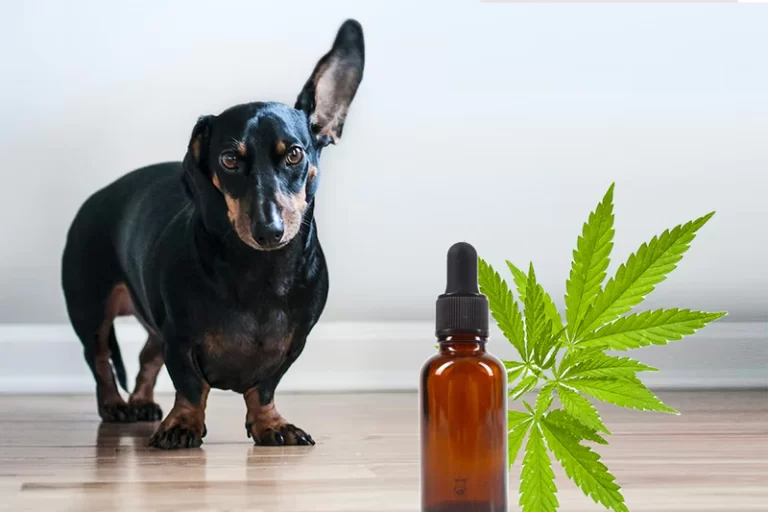
Doggie's Dream
Have you ever watched your furry friend as they drift off into slumber, and wondered what’s going on in that adorable head of theirs? The phrase “a doggie’s dream” brings forth visions of playful chases, endless treats, and maybe even that pesky squirrel finally getting caught! But what do we really know about our canines’ nocturnal fantasies? Let’s embark on an enchanting journey to explore the mysteries of “a doggie’s dream.”
The Science of Doggy Slumber
Just like us, dogs experience different stages of sleep including REM (Rapid Eye Movement) and non-REM. It’s during the REM phase that dreams primarily occur. As your dog reaches this stage, you may notice quick movements of the eyes behind closed lids, hence the name. This is our first clue that perhaps, just perhaps, they’re deep in some fantastical adventure.
Position Tells a Tale
Have you noticed how your dog curls up in a snug little ball when it’s chilly? Or sprawls out completely on a hot summer day? These positions aren’t just random choices but can offer insights.
The Curled Ball: Dogs have been sleeping curled up for thousands of years. This position protects their vital organs, conserves body heat, and provides a sense of security. If you see your canine companion often adopting this pose, they’re channeling their wild ancestors’ habits, prioritizing safety while they venture into their dream world.
The Back Sprawl: Ever seen your pup lying on their back, all four paws in the air? This is the ultimate sign of comfort and security! Not only does this position help them cool down (dogs release heat through their paws), but it also indicates they’re feeling safe and content in their environment. Perhaps, in “a doggie’s dream,” they’re relishing in a field of treats or rolling in endless grass.
Twitches and Whimpers
Witnessing your dog twitch, move, or even whimper in their sleep can be both endearing and concerning. But fear not, most of the time, it’s a perfectly natural part of their dreaming process. These physical reactions are a canine’s way of responding to the events in their dreams.
Think of it this way: when we dream of running or dancing, our brains send signals to our muscles. However, since our bodies are mostly paralyzed during REM sleep, we don’t act out these dreams. Dogs, on the other hand, have less muscle paralysis, which means they can physically react to their dreams more than we do.
So, What Are They Dreaming About?
While we can’t exactly hand them a dream journal to jot down their nightly escapades, science gives us a few hints. Studies suggest that dogs, like humans, probably dream about daily events. That playful romp in the park, the intriguing new scent discovered during the afternoon walk, or even the exciting chase of a butterfly could all be replayed in “a doggie’s dream.”
Bonding Through Dreams
Understanding “a doggie’s dream” deepens the bond we share with our pets. Next time your dog drifts off, take a moment to watch, wonder, and appreciate the vast world of experiences they might be reliving. And as you witness those tiny twitches and soft whimpers, you can smile, knowing that in their dreams, just as in waking life, they’re enjoying a world filled with adventure, love, and joy.
After all, dreams are the playgrounds of the mind, whether it’s a human’s or “a doggie’s dream.” So, let’s ensure our furry companions have countless happy experiences to dream about. Because, in the end, aren’t those the memories we cherish most?
To discover more about this matter, please take a moment to visit: Pure Pet Hub !



